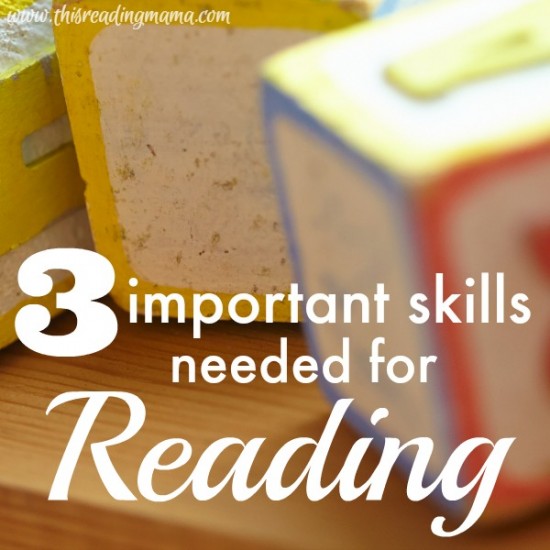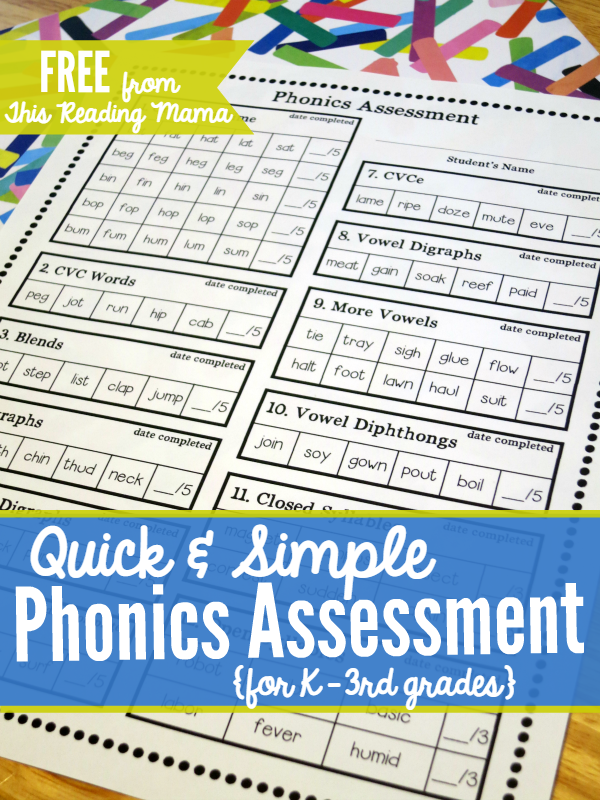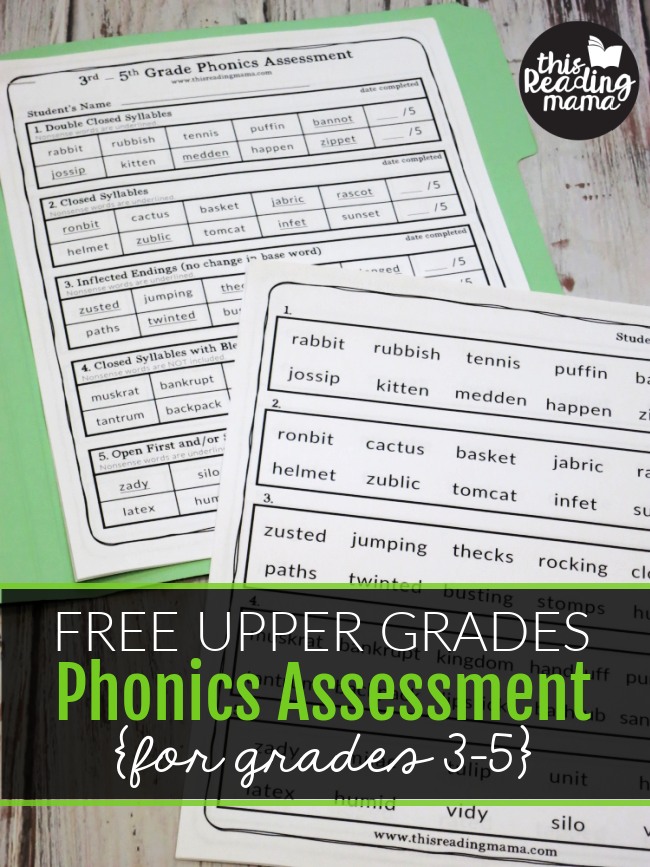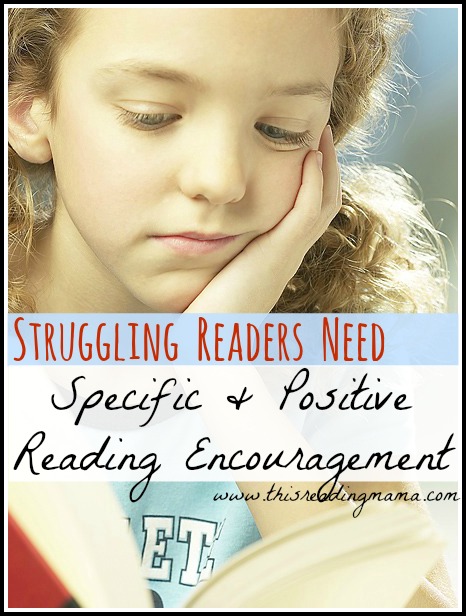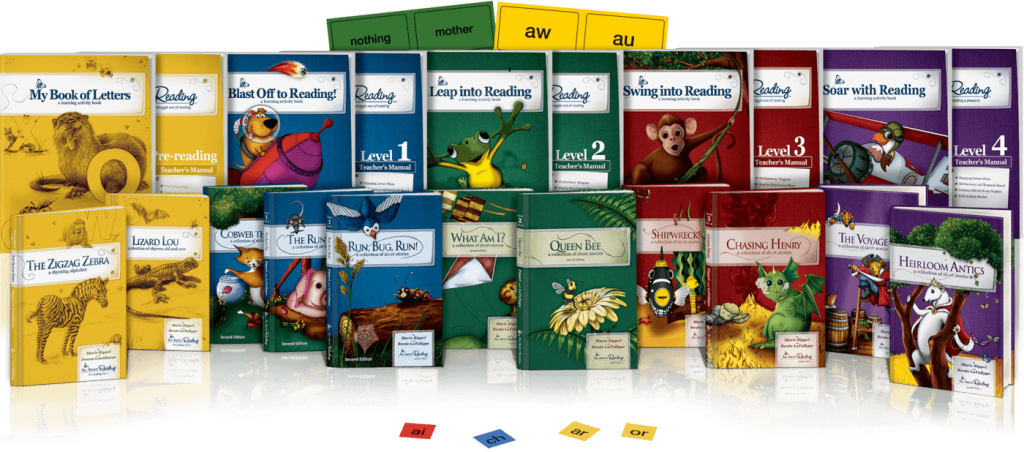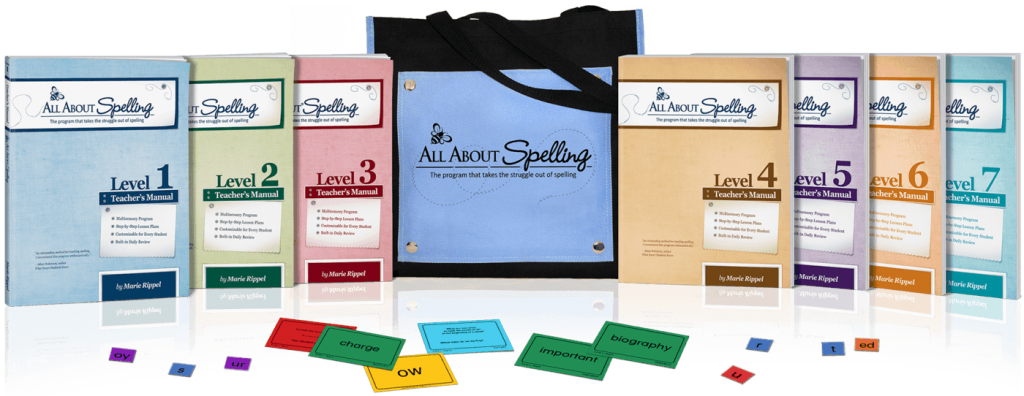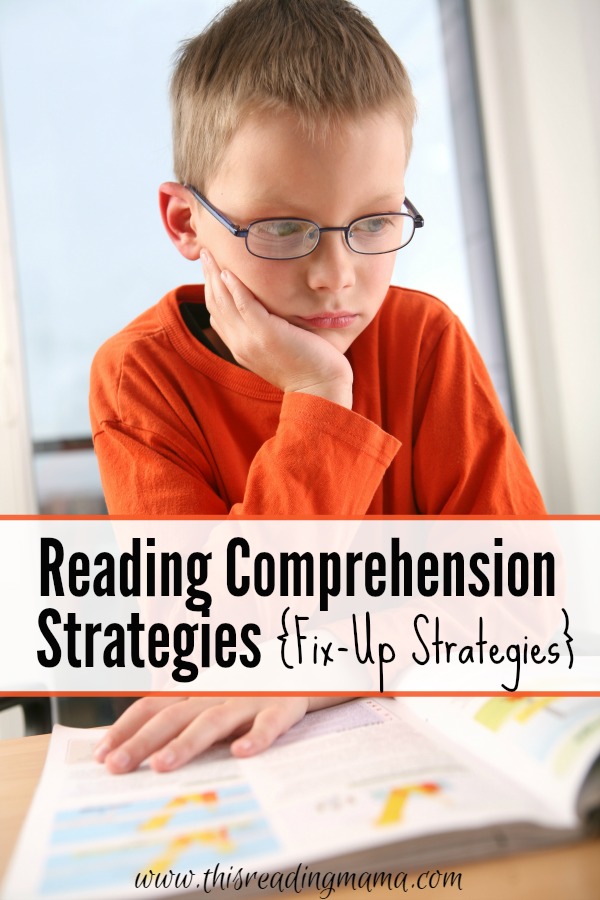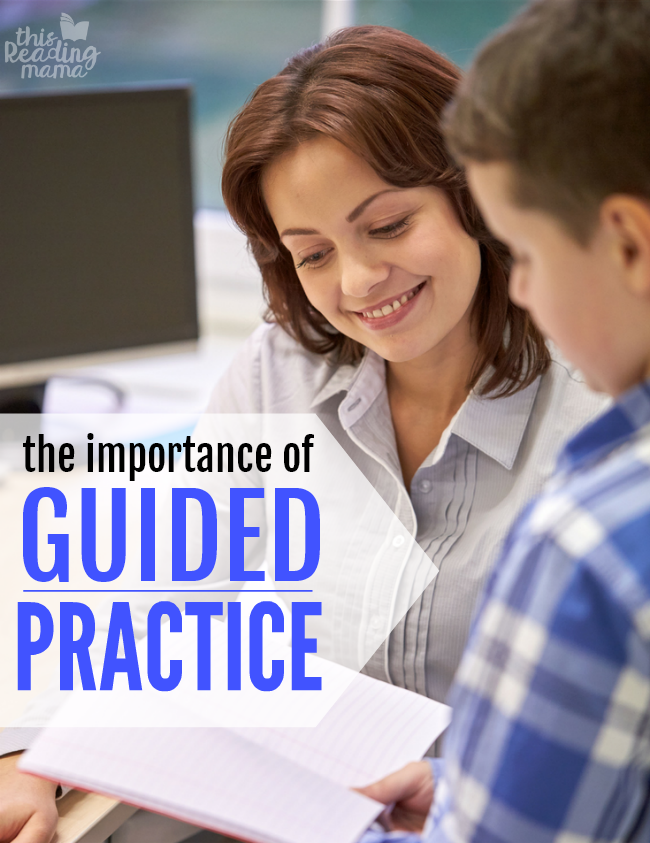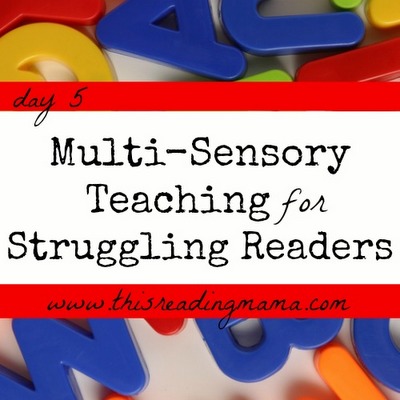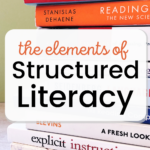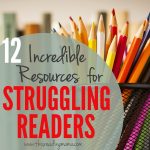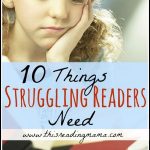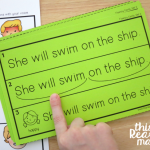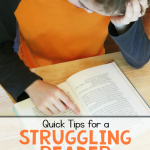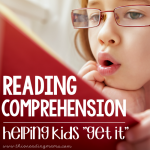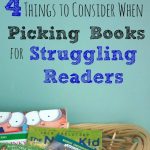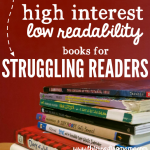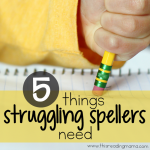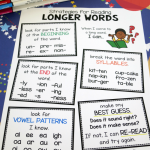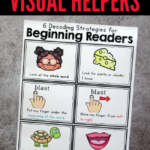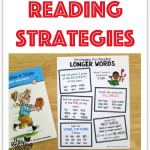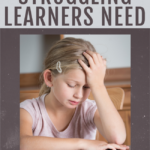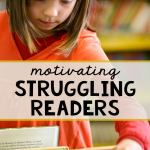Do you teach a struggling reader? Perhaps you teach multiple. Helping struggling readers can feel like a daunting task.
Here at This Reading Mama, you can find helpful articles and printables for struggling readers.
Do you suspect dyslexia? Grab our FREE Dyslexia Screener HERE.
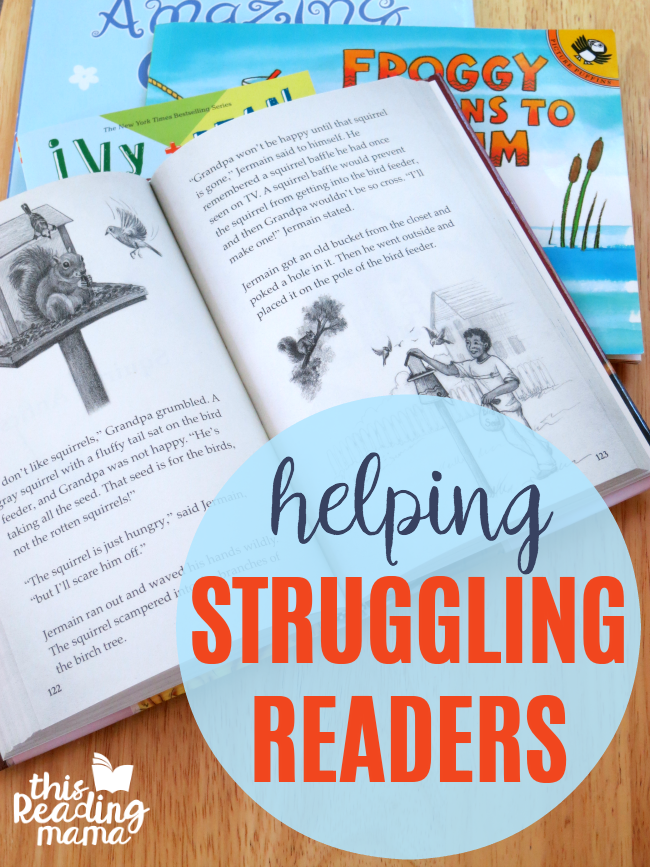
Helping Struggling Readers
On this page, I’m including some of my most favorite resources for working with struggling readers.
There’s a lot of information here, but I feel it can all be summed up with these SIX things:
1. Find the “holes” and begin instruction there.
Find where the confusion begins.
Maybe they’re missing key elements (like phonological and phonemic awareness). Research has stated that as much as 85%-90% of learners who struggle are missing key phonemic awareness skills, so it’s a good place to start!
Maybe there are holes in their phonics skills.
Go back and start working on the skills there. You can use our FREE K-3 Phonics Assessment or our Upper Grade Phonics Assessment to help you identify any holes your learner(s) may have.
Don’t skip ahead and start teaching where a struggling reader “should” be. Reading, phonics, and spelling all depend on important skills. And if those skills are missing, you’ll be frustrating both you and your learner.
2. Build their confidence.
Most struggling readers, especially older ones, know that they struggle. They feel defeated and frustrated. And it comes out in words in phrases like, “I hate reading.”
To top it off, we often give them books and work that’s at their frustration level, compounding the problem. Helping them find “just right” books, even if it means backing up one or two levels, can also help build their confidence.
We can also help build confidence by pointing out the things they do WELL. You can get a list of ideas for encouraging struggling readers in our article from our 10 Thing Struggling Readers Need.
3. Don’t leave them guessing.
Struggling readers don’t always do the best at “reading between the lines” with phonics, spelling, reading, or comprehension. You need to make your teaching explicit. This means SHOWING them exactly what to do and how to do it. Spell it out for them step-by-step.
What seems natural to us isn’t always so natural to a struggling reader.
If you teach in the classroom OR homeschool, I HIGHLY recommend All About Reading & All About Spelling. It was designed for kids who struggling {specifically kids with dyslexia}, so it does a fantastic job of spelling it all out, literally!
*Yes, I do love Words Their Way. But I recommend All About Spelling because it uses the Orton-Gillingham approach. This is especially important for students who are really struggling with their reading, such as kids with dyslexia.
4. Model the strategies.
This goes along with being explicit in your teaching.
But I want to take it a step further. Show them that even people who are “good” at reading make mistakes.
Struggling readers often think that only they struggle or make mistakes. In reality, we all make reading mistakes sometimes. It’s what we do with those mistakes that matters. In my article specific to Reading Comprehension Strategies, I address this more.
5. Give them time to practice WITH your help.
We can often be tempted to model the strategies or skills and then expect struggling readers to jump right in on their own. But there’s one more step we need to include.
It’s called guided practice. This is when we become more of a coach as learners try things WITH our help.
6. Make it multi-sensory.
Our instruction needs to include visual, kinesthetic, AND auditory activities. The most effective way of teaching is to integrate ALL THREE AT ONE TIME when possible.
This allows the pathways in our learners’ brains to make connections they otherwise might not make if we’re just teaching one way. In an older 5-day series, I share several multi-sensory teaching tips for struggling readers. {Day 5 is specific to struggling readers.}
MORE for Helping Struggling Readers
Enjoy teaching!
~Becky
